
Insights
Celebrating Gender Diversity Around the World
Region(s)
TOPIC(s)
Type
Commentary
Author(s)
Publish Date
June 8, 2023
Share
Although gender is often understood as a personal identity, gender can also be thought of as cultural. For example, masculinity and femininity have different meanings, presentations and roles across the world. It is important to remember that our conceptions of gender identities and expressions and how they are defined vary greatly, so the definitions of the following terms often vary as well.
The following are definitions of various sexual orientations and gender identities of the LGBTIQ+ community.
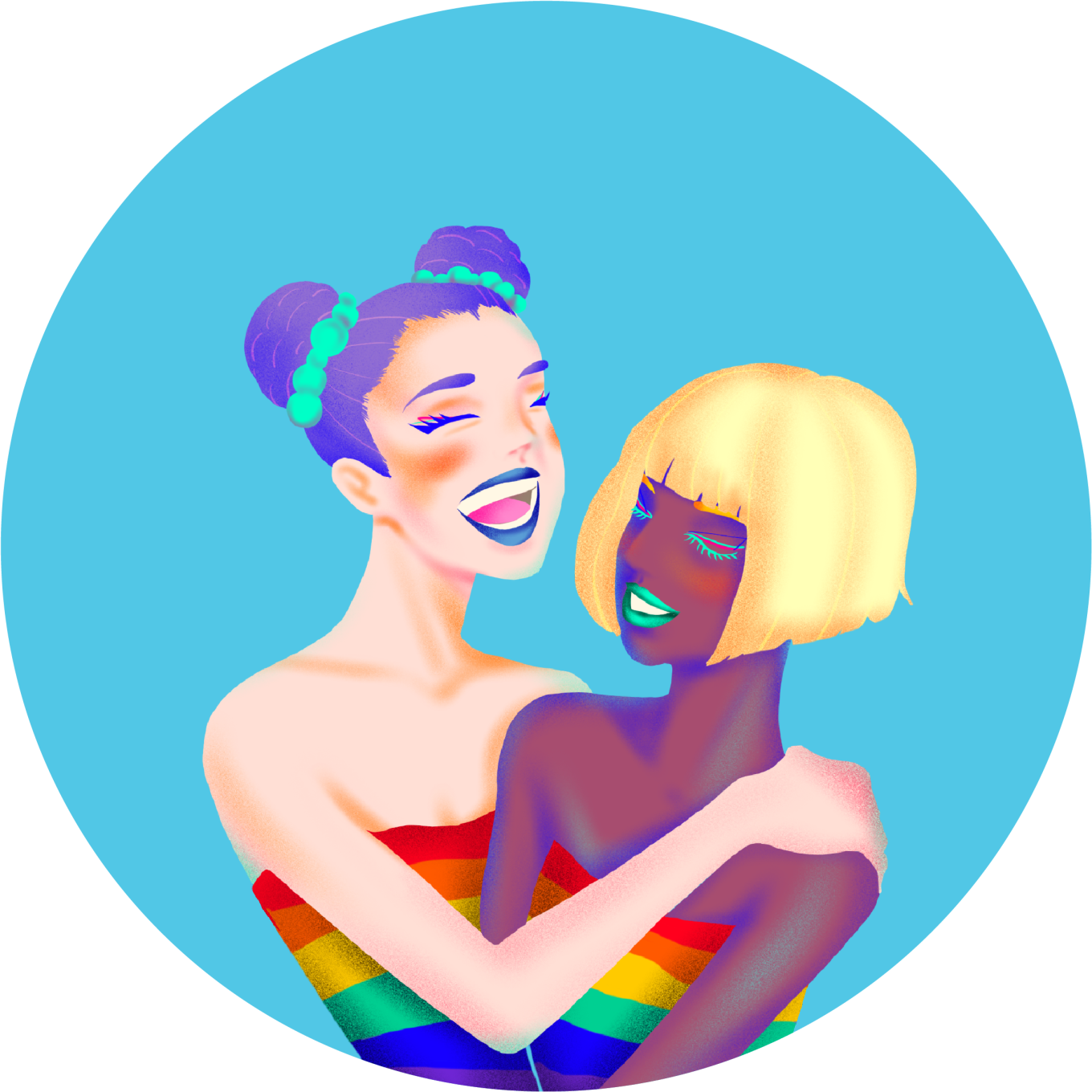
Lesbian
The word lesbian often describes women who are exclusively attracted to other women.
Gay
The word gay often describes men who are exclusively attracted to other men. It is also used as an umbrella term for people attracted to the same gender.
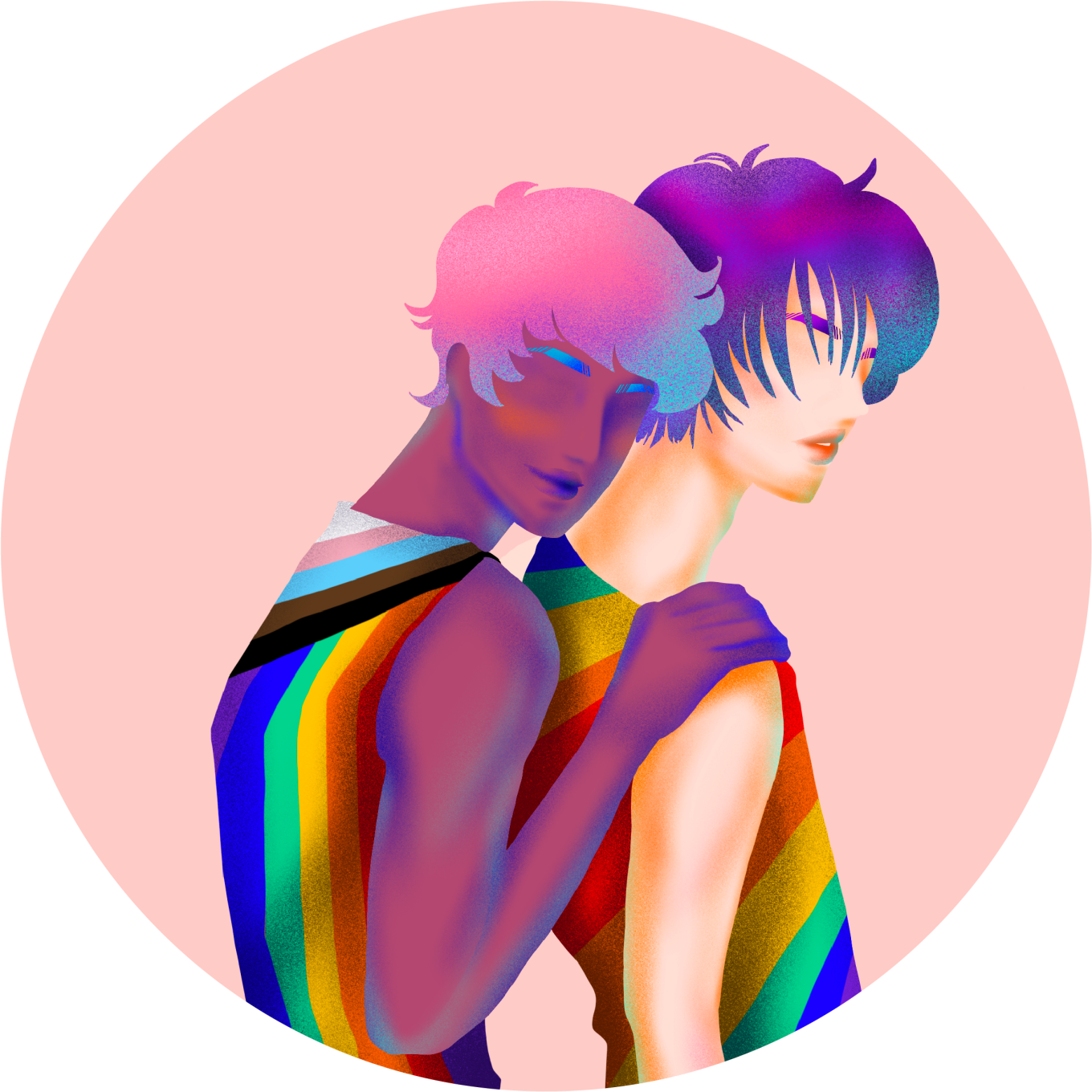
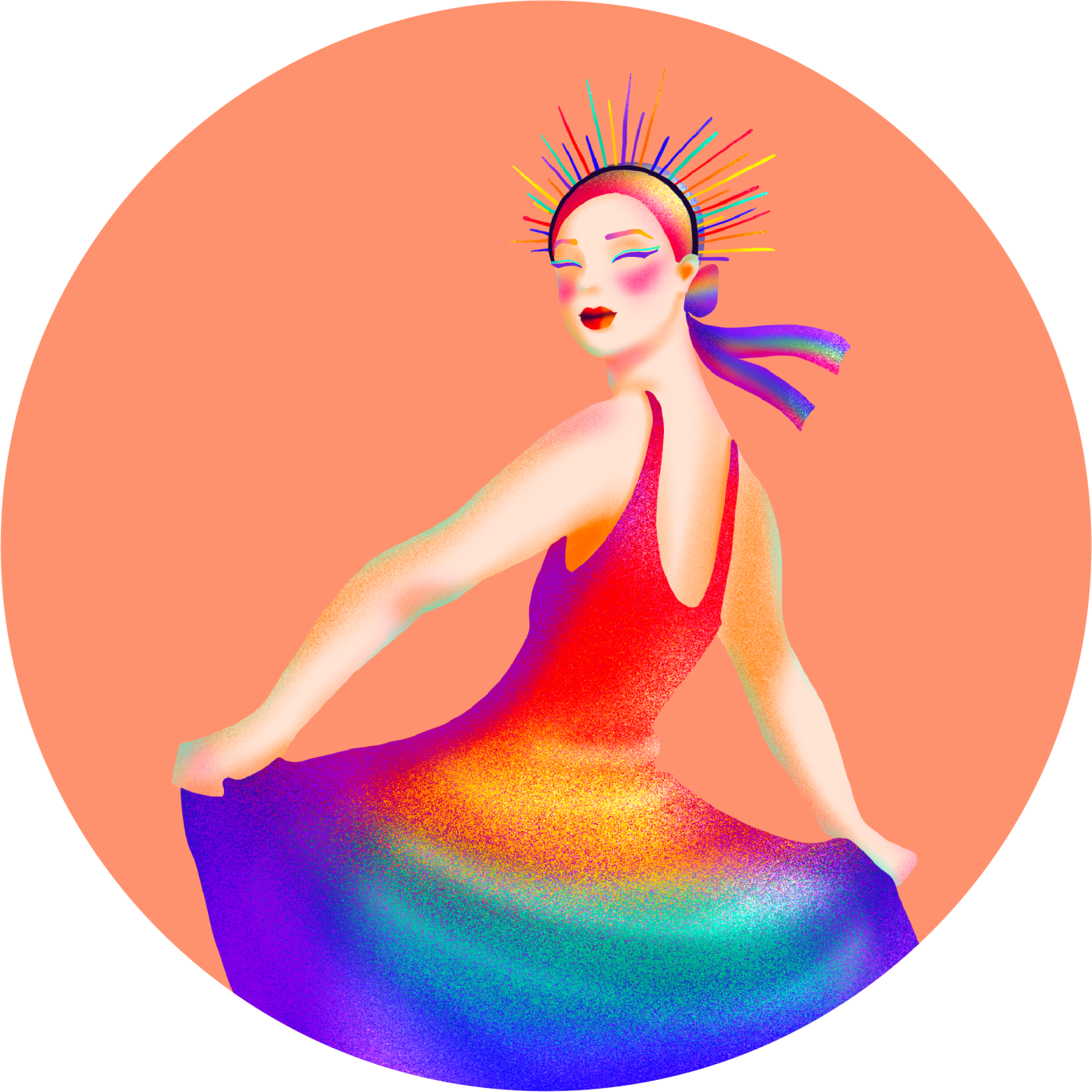
Bisexual
The word bisexual often refers to people who are attracted to men and women and/or to people who are attracted to more than one gender.
Transgender
The word transgender, or trans, often refers to people whose gender identity does not correspond to the sex assigned to them at birth.
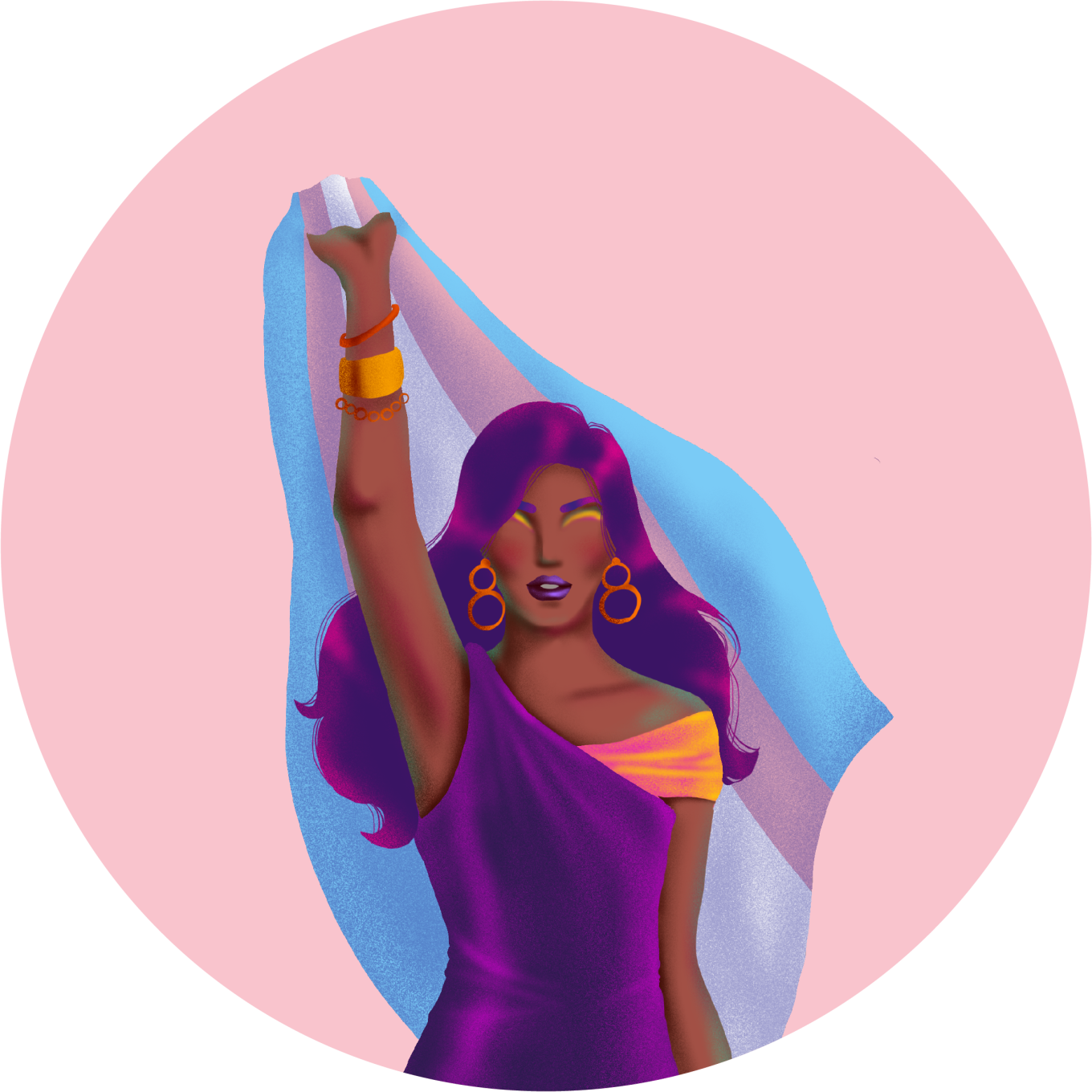
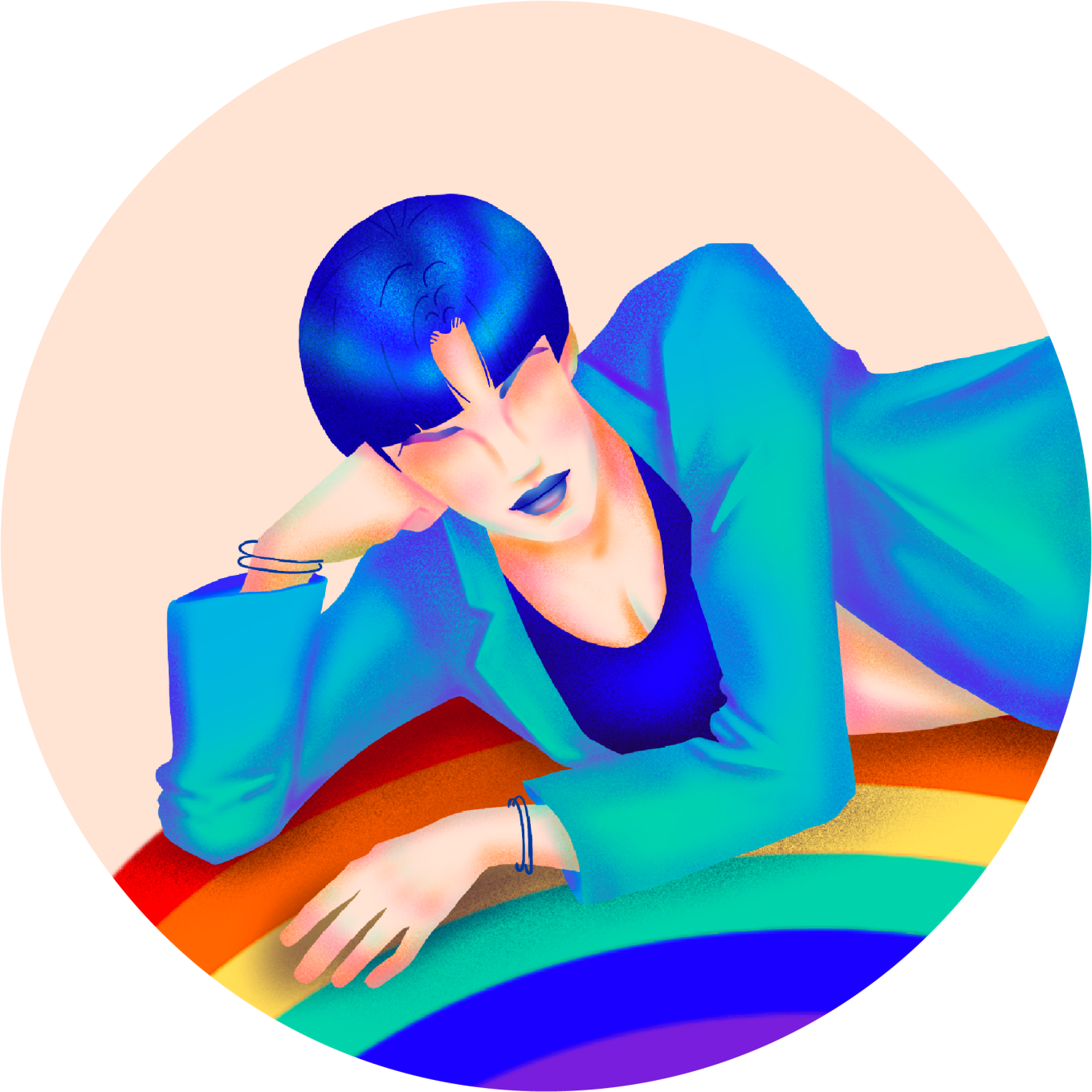
Intersex
The term intersex often describes people who were born with sexual characteristics that fall outside of what is typically deemed male or female.
Queer
The word queer is often used as an umbrella term to describe people whose identity is not heterosexual and/or cisgender. It can have derogatory connotations, but many have reclaimed this term.
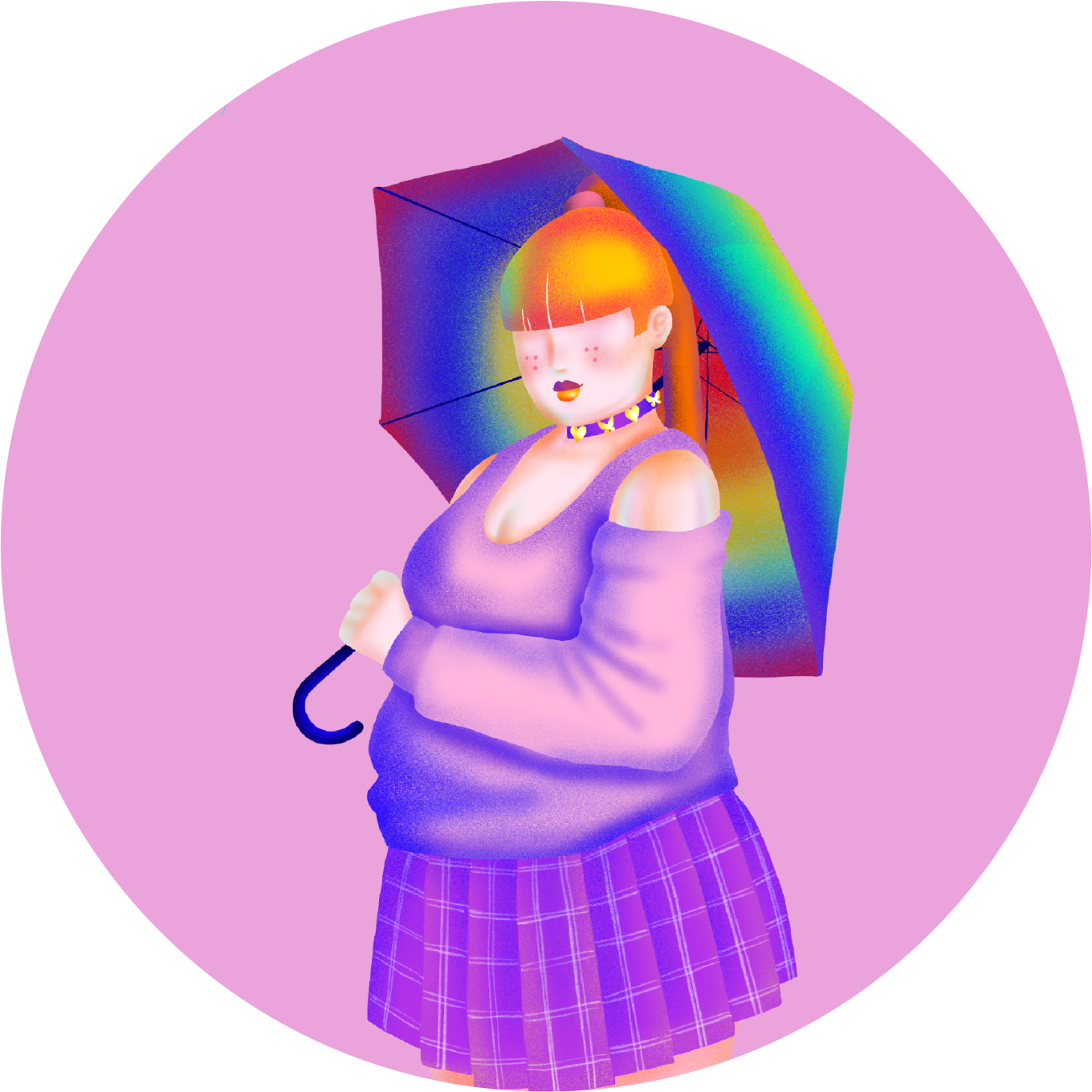
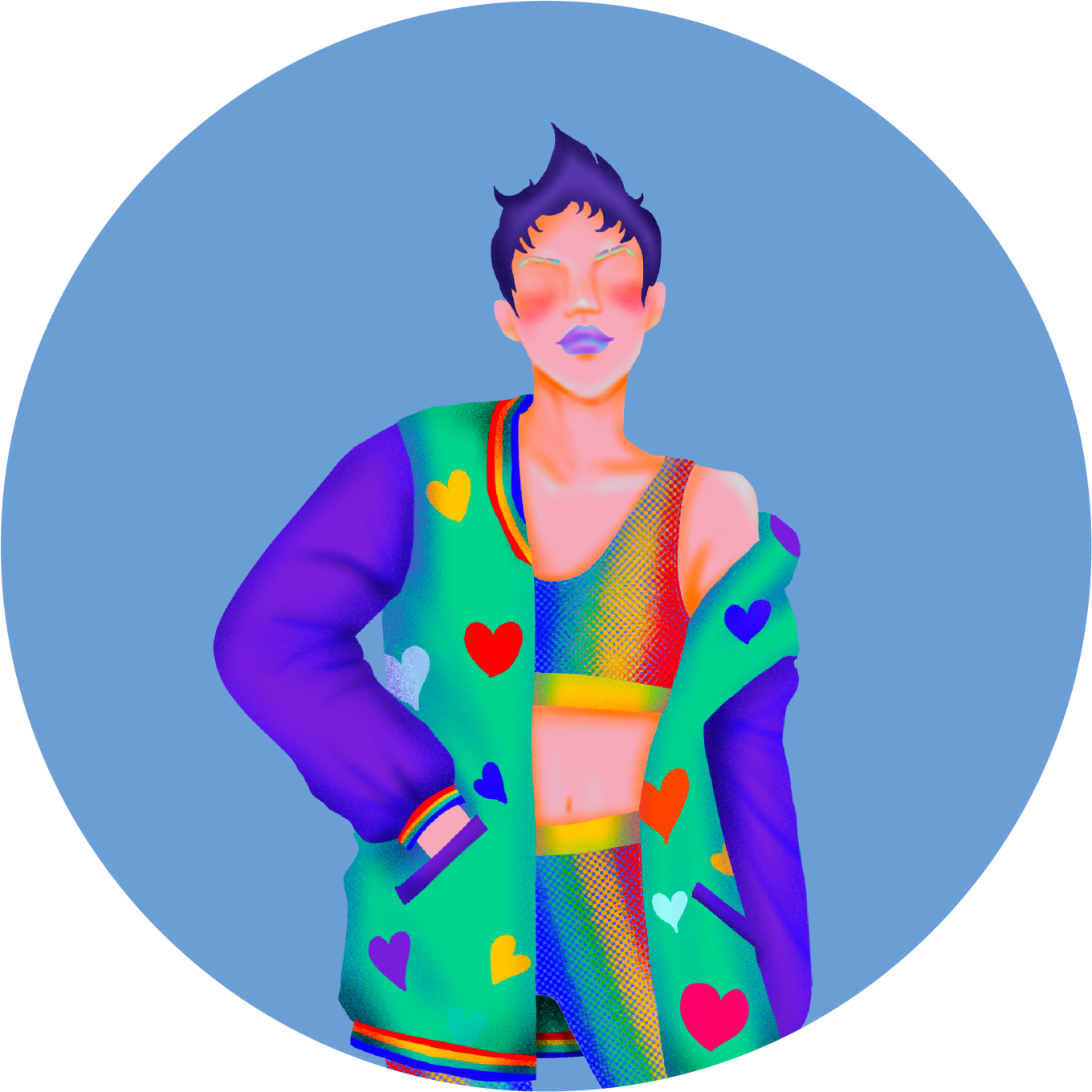
Asexual
The word asexual often describes people who experience little to no sexual attraction.
Pansexual
The word pansexual often refers to people who are attracted to people irrespective of gender.
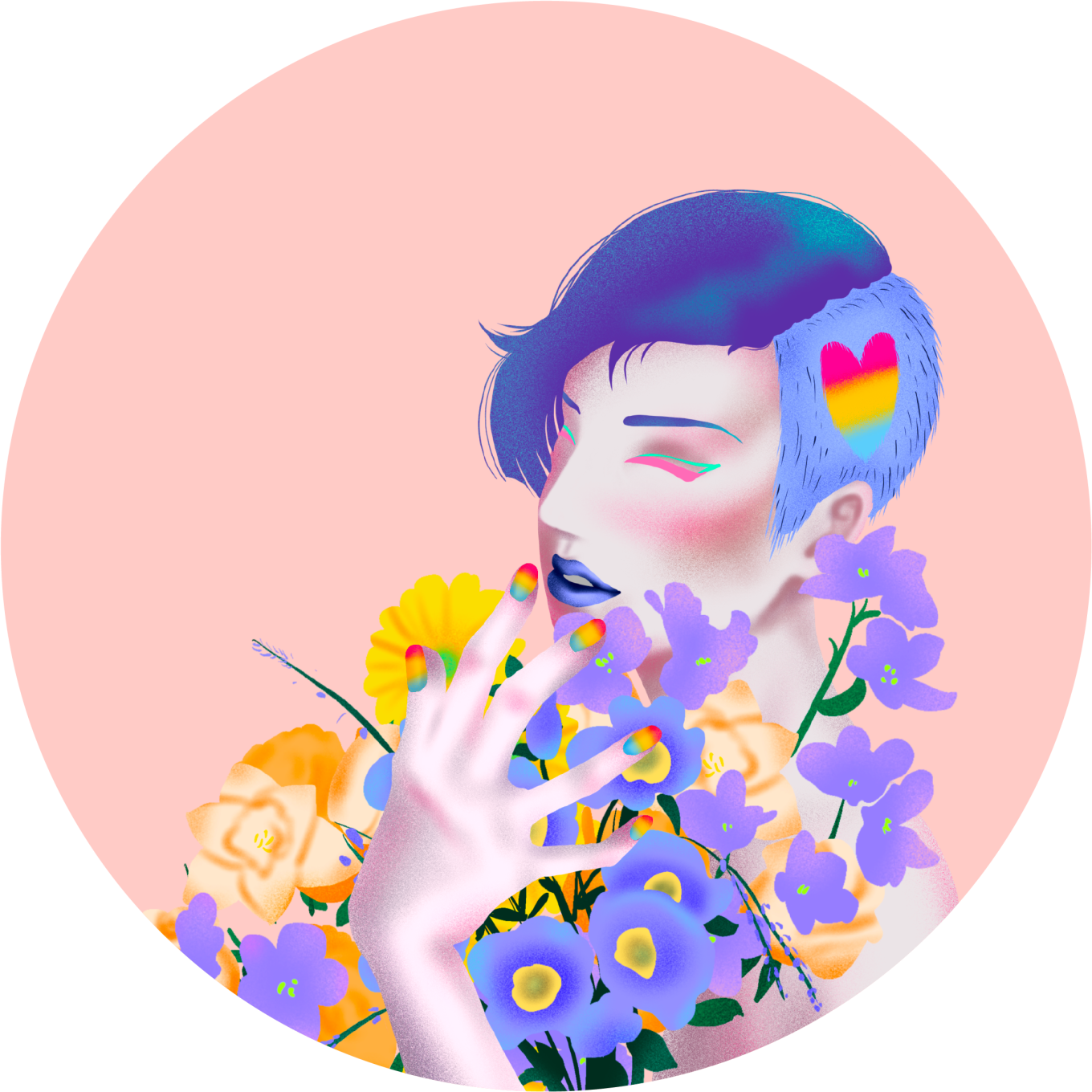
Many cultures around the world recognize more than two genders. People of these third or more genders often serve an important role in their respective communities, cultures and societies. As such, they might be seen more as a communal role and less as individual identities like the ones discussed previously.
The following are examples of genders in cultures and societies around the world. The definitions of the following terms may differ depending on the person, as well as local and social contexts. This article was also written in English. For these reasons, the following descriptions may not encapsulate the full personal and cultural meaning and significance of these genders and gender roles.
Americas

Muxe
The indigenous Zapotec people in Mexico have long recognized muxes as a cultural third gender. Muxes often present themselves in a traditionally feminine way, and many are caretakers, merchants or artisans, but the experiences, occupations and gender expressions of muxes vary widely.
Nádleehí
Nádleehí, or nádleeh, is a gender that is specific to Diné culture. Many people of this gender have historically assumed roles as negotiators, caretakers and healers, but their cultural roles and expressions vary.
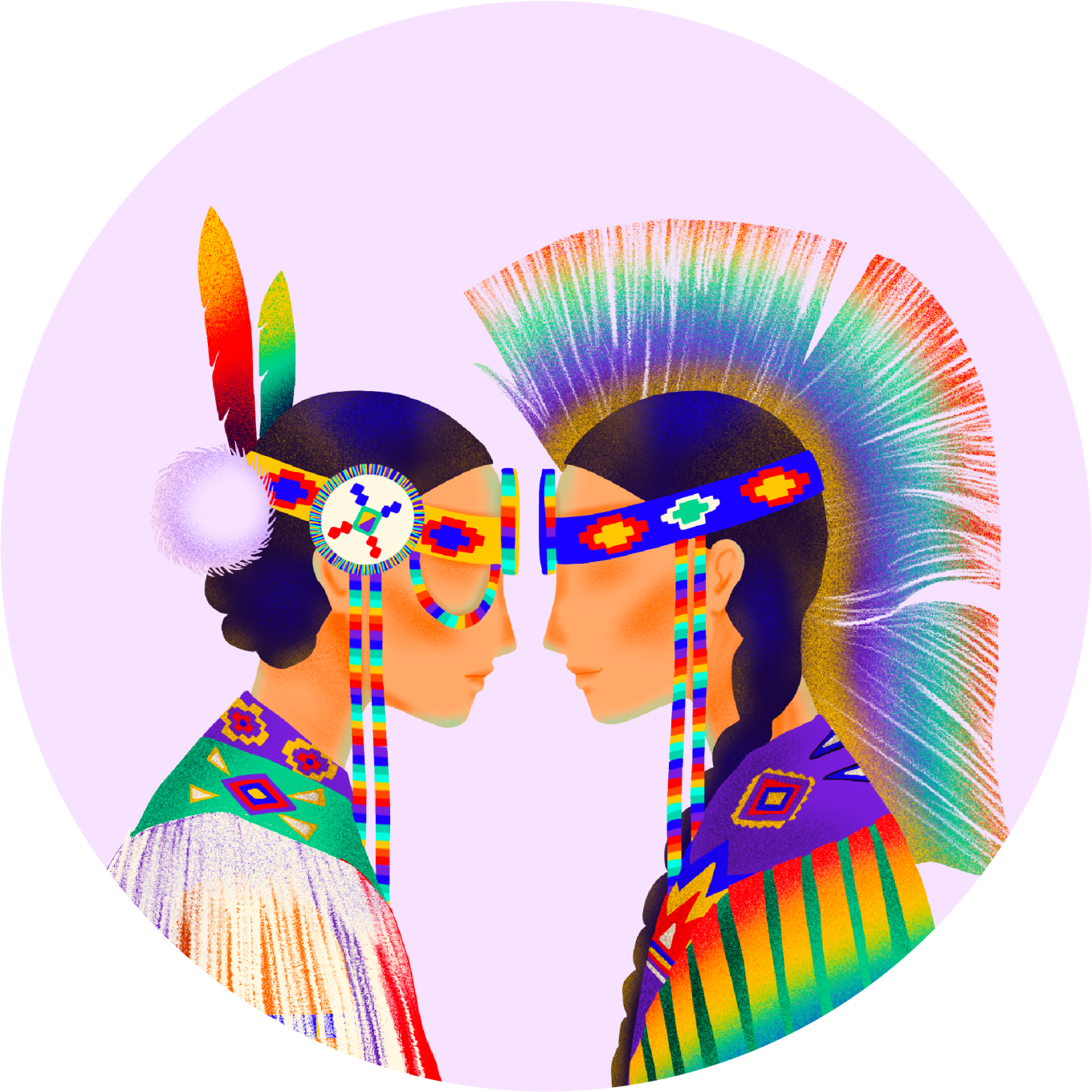
Two-Spirit
In Indigenous North American cultures, “two-spirit” is an umbrella term to describe those who embody both feminine and masculine spirits and have traditionally occupied important social and spiritual roles in their communities.
Pacific Islands
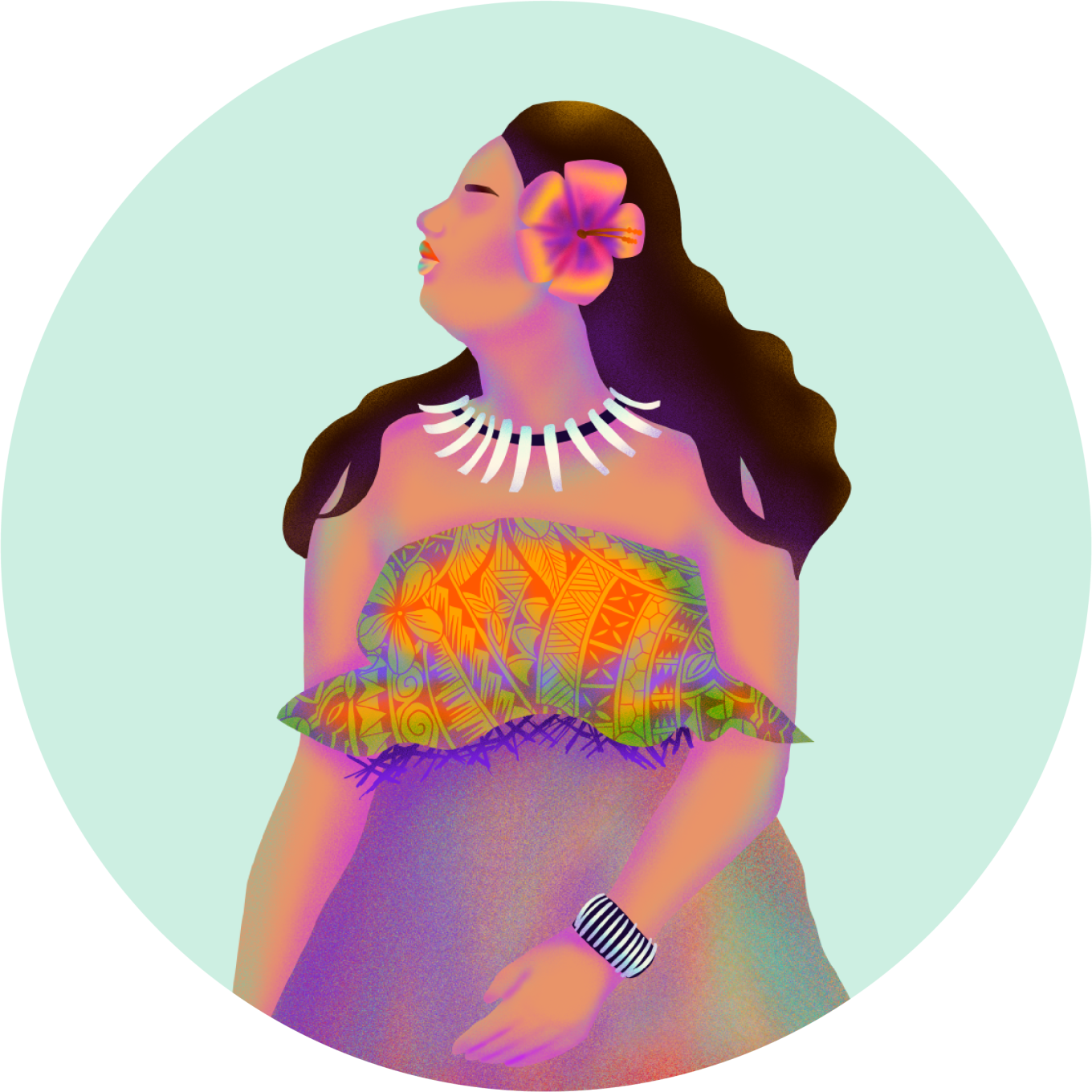
Akava'ine
In the Cook Islands, akava'ine are a community of people who may present themselves, live and/or identify as women. They may be thought of as a third gender.
Fa'afafine
Fa'afafine are a community of people in Samoan culture who may adopt specific cultural roles in society, including caring for elders and educating people about sex. Fa'afafine often embody feminine traits, but the gender expression of fa’afafine varies. The term is specific to Samoa’s third gender and is a social and communal gender fluid status, according to the Samoa Fa'afafine Association. While some fa’afafine identify as women, and some identify as transgender and/or other LGBTIQ identities, others do not.
Fa’afatama
Fa’afatama are a community of people in Samoan culture who may adopt specific cultural roles in society like caring for the elderly. The term fa’afatama is specific to Samoa’s third gender and is a social and communal gender fluid status, according to the Samoa Fa'afafine Association. Fa’afatama often embody more masculine traits, and they may live and/or identify as men. While some fa’afatama also identify as transgender and/or other LGBTIQ identities, others do not.
Fakafifine
In Niuean culture, fakafifine are a community of people who may take on traditionally feminine roles and/or expressions and are often considered to be of a third gender.
Fakaleitī
In Tongan culture, fakaleitīs, or leitīs, are a community of people who often take on a feminine gender role and/or expression, although this varies. Many consider leitīs to be of a third gender. Leitīs may identify as women, and some also identify as transgender and/or other LGBTIQ identities, while others do not.
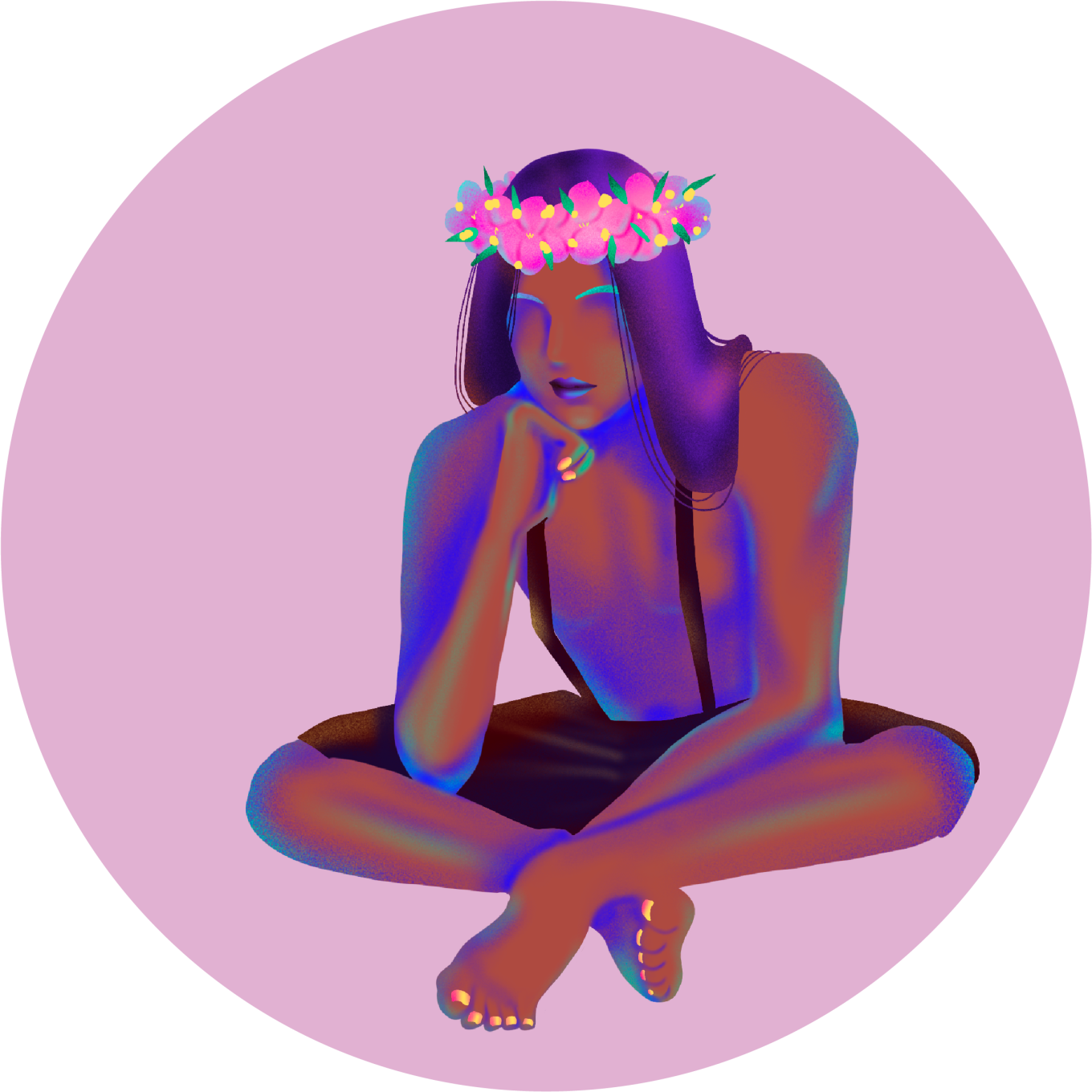
Māhū
Māhūs, of Indigenous Hawaiian and Tahitian culture, can be thought of as people who embody both male and female spirits. Historically, māhūs adopted important roles in their communities by being caretakers and healers and passing down sacred knowledge.
Palopa
In Papua New Guinea, palopa may describe those who are gay, transgender and/or of a cultural third gender.
Vaka Sa Lewa Lewa
In Fijian culture, vaka sa lewa lewa are a community of people who may present themselves, live and/or identify as women and may be thought of as a third gender.
Whakawahine
In Māori culture, whakawāhine are a community of people who often take on feminine gender roles and expressions and may also live and/or identify as women.
South Asia
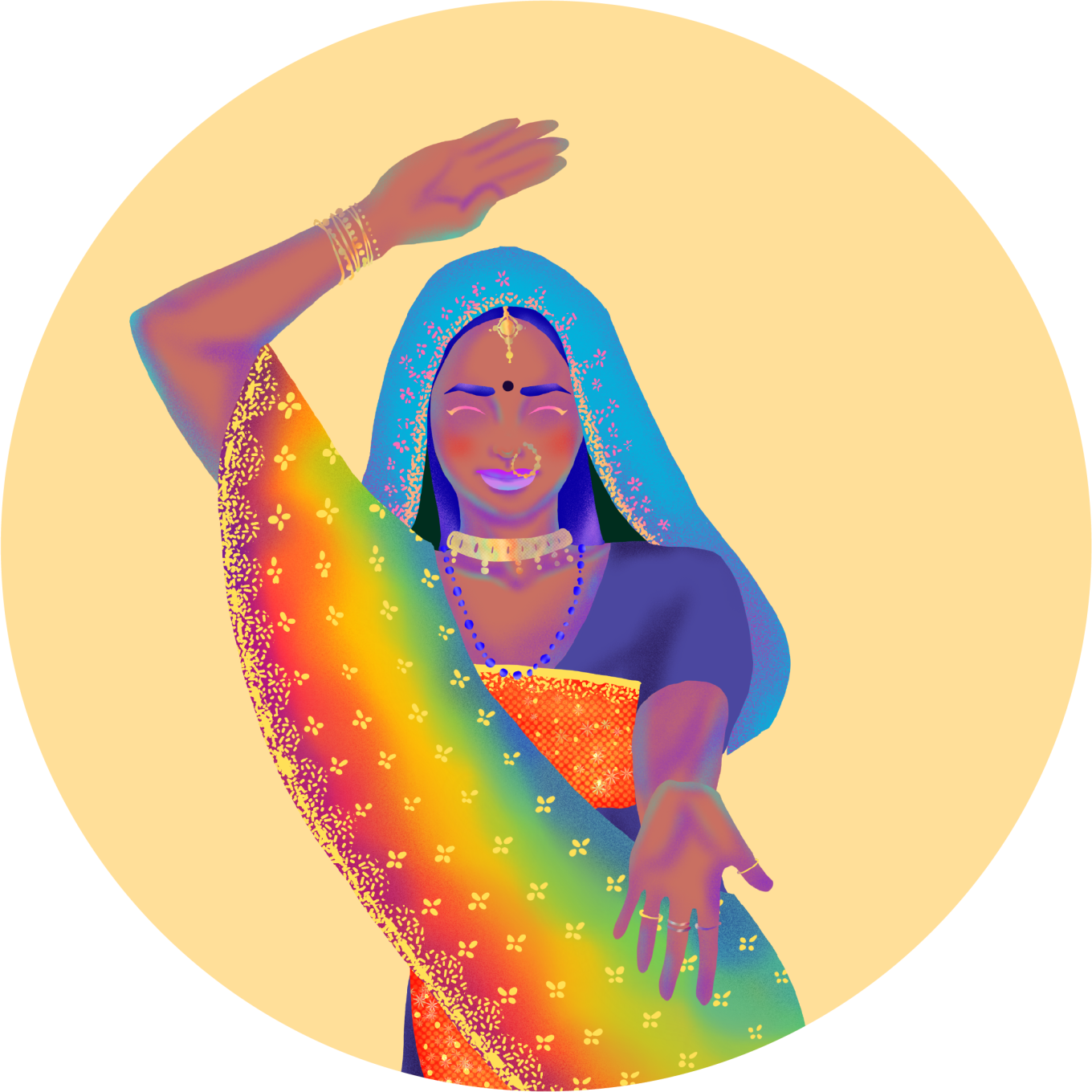
Hijra
Hijras are a community of people in South Asian culture who are traditionally thought of as a third gender. Some hijras identify as transgender, but many do not.
Khawaja Sira
Khawaja Sira (also spelled Khwaja Sira) are a traditional Pakistani third gender community. They might be understood as having a “feminine soul,” and they have historically adopted specific cultural roles in society.
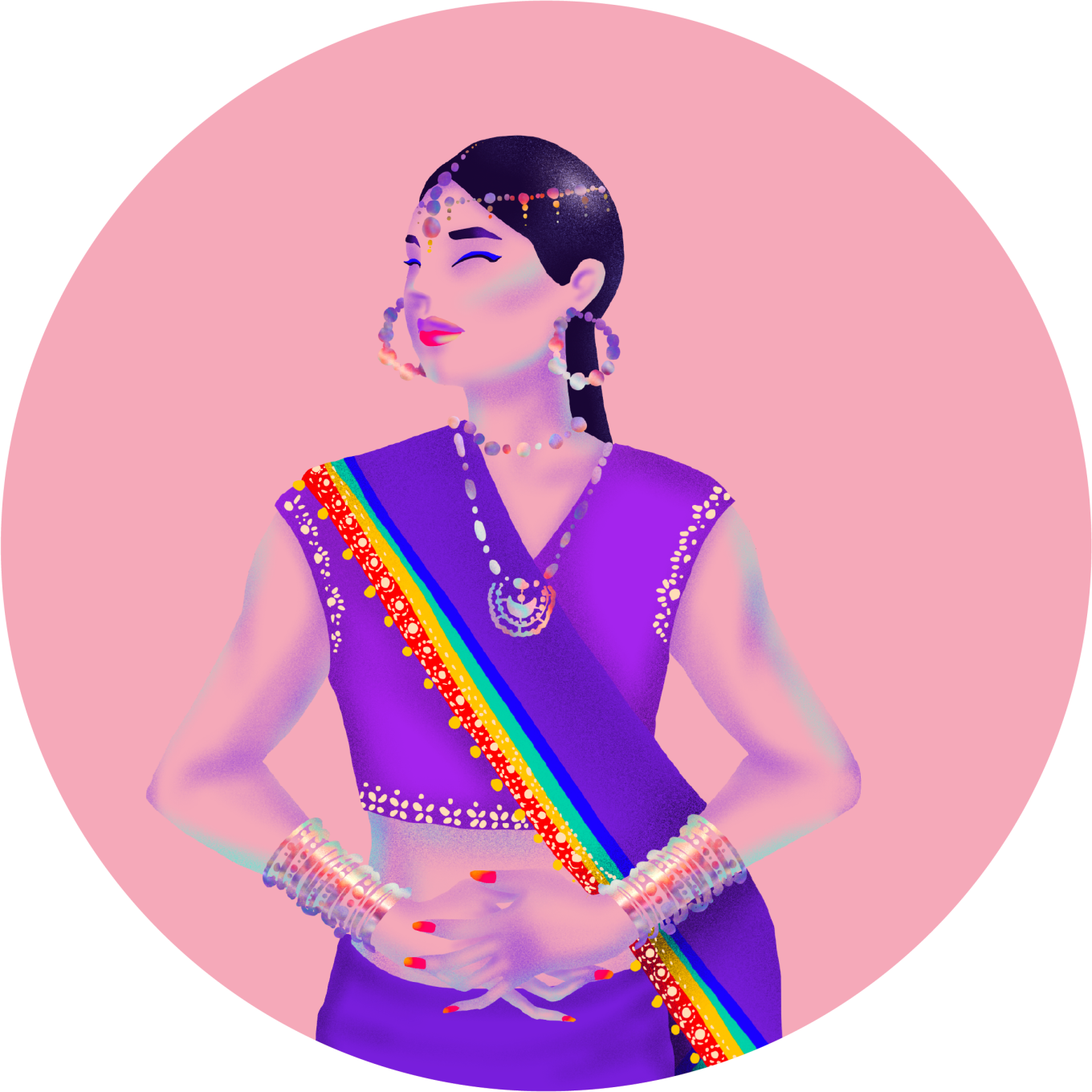
Southeast Asia
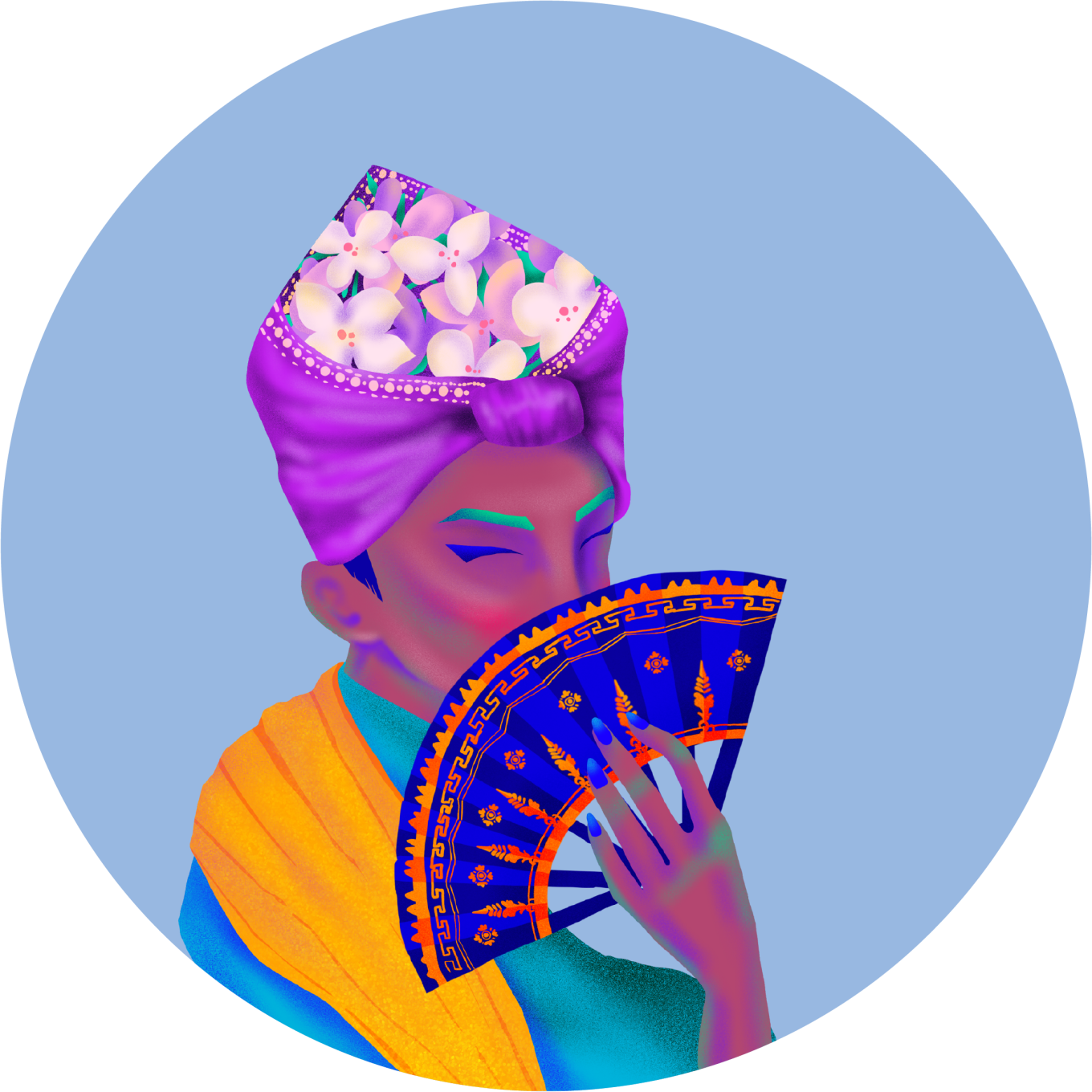
Bissu
In Indonesia, bissus are the fifth gender of Bugis society. They are thought to encompass all of the gender spectrum and play an important spiritual role in their communities.
Overall, there are many different genders in cultures around the world, and we should recognize and celebrate gender diversity in all of its unique forms.
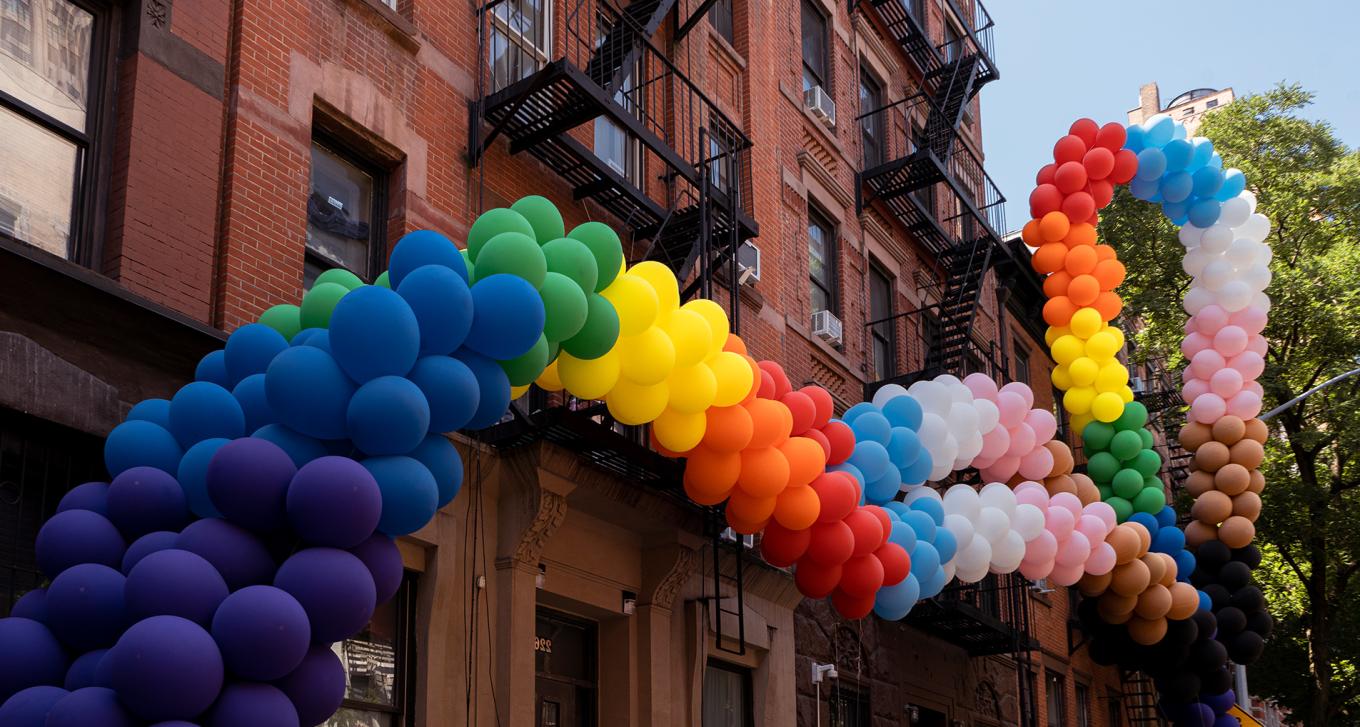
Take Action
When you support our research, you support a growing global movement and celebrate LGBTIQ lives everywhere.
Donate Now